Dog Grooming for Busy Pet Parents
Post Disclaimer
We may earn a commission for purchases made using our links. Please see our Disclaimer to learn more.
Grooming your dog
What are the benefits of grooming your dog regularly?
Regularly grooming your dog comes with advantages. It helps ensure a coat and skin, prevents tangles and matting, reduces shedding, promotes hygiene, and enables you to spot any potential health issues or abnormalities early on. Additionally, it strengthens the bond between you and your four-legged companion.
As a dog owner, you always want your furry friends to look and feel their best. However, frequent grooming sessions can be time-consuming and costly. The good news is that some tricks can save time and money while keeping your pup happy and healthy. In this blog post, we will cover everything from the importance of grooming to the tools needed for at-home sessions. We will guide you through mastering aspects such as bathing techniques for dogs, dental care tips, efficient brushing methods, safe procedures for trimming nails, cleaning ears, scheduling checkups, and how often grooming your dog is recommended. Furthermore, we’ll provide expert advice on overcoming challenges and finding cost solutions without compromising quality.
Understanding the Importance of Regular Dog Grooming
Regular grooming is essential for keeping your pup’s coat healthy and mat-free. It helps maintain their hygiene and prevents skin problems. Brushing stimulates natural oils in their coat, giving it a shiny and healthy look. Professional dog groomers provide expert care tailored to your furry friend’s breed. Additionally, regular grooming sessions are an opportunity to check for health concerns, such as mites or skin issues. Caring for your dog’s coat, nails, ears, and overall health through grooming ensures a happy and healthy canine companion.
Essential Dog Grooming Tools and Their Uses
You should have several essential dog grooming tools to maintain your dog’s coat and overall health. A slicker brush is perfect for removing tangles and dead hair, while bristle brushes distribute natural oils and give your dog’s coat a polished look. Nail clippers and files are necessary for maintaining paw health, and proper grooming scissors are essential for trimming the face and ears. Investing in high-quality shampoo and conditioner will help keep your dog’s coat clean and healthy. With these tools, you can ensure your pup stays groomed and healthy.
The Right Brush for Your Dog’s Coat
Choosing the right brush for your dog’s coat is essential to ensure proper grooming for your canine companion. A bristle brush is perfect for short-haired dogs as it removes loose hair and dirt. Long-haired dogs, on the other hand, benefit from a slicker brush that helps remove tangles and prevent matting. If your dog has curly or woolly hair, a wire-pin brush is recommended to avoid mats and tangles. For versatility, consider using a double-sided brush with bristles and pins, suitable for various coat types. Additionally, rubber brushes are gentle on sensitive skin and effectively remove dead hair from short coats. Keep your furry friend’s coat healthy and happy with the proper meeting!
Necessity of Nail Trimmers and Files
Regular nail maintenance is essential for your pup’s overall well-being. It prevents overgrowth and discomfort, ensuring your dog remains happy and healthy. Nail trimmers and files play a crucial role in this grooming process. Clippers with safety guards protect against cutting the nails too short, while files smooth any rough edges; grinders or rotary tools can be used for dogs who are afraid of clippers. Regularly trimming and filing your dog’s nails reduces the risk of nail-related health concerns and ensures that your canine companion’s paws are in top shape.
Mastering the Art of Dog Bathing at Home
Please start by selecting a shampoo specifically designed for dogs, considering their needs. Use warm water and a non-slip mat to ensure your dog’s comfort during the bath. Thoroughly wet your dog’s coat before applying shampoo, taking the time to massage it for effective cleaning. Rinse their coat thoroughly, ensuring all traces of shampoo are removed. By mastering the art of dog bathing at home, you can save time and money while keeping your canine companion’s coat, health, and overall well-being in shape.
Selecting the Right Shampoo
When choosing the shampoo for your friend, there are a few important factors to remember. First and foremost, selecting a shampoo that caters to your dog’s skin needs is crucial. Whether your canine companion has skin or allergies, using a specially formulated shampoo for their requirements can help maintain a healthy skin and coat. If your dog is dealing with fleas or ticks, opting for a flea shampoo that effectively removes these insects becomes essential. In cases where certain skin conditions or infections need attention, medicated shampoos can offer benefits. Lastly, conditioning shampoos provide an added boost of moisture and nourishment that leaves your dogs coat feeling soft and looking lustrous. By making the choice when selecting a shampoo, you’ll ensure that grooming enhances your dogs well-being but also keeps their coat in its prime condition.
Dental Care: More than Just Fresh Breath
Regular dental care is essential for your pup’s overall health, going beyond just fresh breath. Brushing your dog’s teeth regularly helps prevent plaque buildup and gum disease, ensuring oral hygiene. To make toothbrushing a positive experience, introduce it gradually. Use toothpaste specially formulated for dogs to avoid gastrointestinal issues. When brushing, focus on the gum line and use a circular motion. By prioritizing dental care, you can prevent costly vet visits and maintain your dog’s well-being. Remember, a little help in grooming goes a long way in ensuring a healthy dog.
Another great way is with TEEF for Life. TEEF for Life’s Protektin42™ for dogs is a water additive for easy, at-home daily dental hygiene. TEEF’s vegan, prebiotic technology leverages the fundamentals of microbiology and molecular nutrition to promote dental health and fresh breath in a safe, revolutionary way. Just one scoop per day in drinking water works to inhibit the growth of harmful bacteria while growing beneficial bacteria essential for optimal dental health.
Introducing At-Home Tooth Brushing to Your Dog
To introduce at-home tooth brushing to your dog, let them sniff and taste the toothpaste to get comfortable with the flavor. Gradually introduce the toothbrush, allowing them to lick or chew on it. Lift their lip and gently brush their teeth using small circular motions. Praise and reward your pup after each successful tooth-brushing session. Make tooth brushing a part of their daily routine for optimal dental health. With some help and patience, you can ensure your dog’s teeth and overall health are in great shape.
The Safe Way to Trim Your Dog’s Nails at Home
When trimming your dog’s nails at home, using the proper tools like nail clippers or a nail grind to avoid any potential injuries is essential. Take your time and be patient during the process to prevent accidents. Reward your pup with treats and praise to make the experience more positive. Regular nail trims are essential to prevent ingrown nails and maintain your dog’s paw health. Consult a professional dog groomer or veterinarian if you’re unsure about the technique. Remember always to prioritize your dog’s well-being and safety during grooming.
Identifying the Quick in Your Dog’s Nails
When trimming your dog’s nails, it’s essential to be cautious and avoid cutting into the quick, which is the sensitive part of the nail containing blood vessels and nerves. Light-colored nails provide a clearer view of the quick, but dark-colored nails require extra attention. Accidental cuts can happen, causing pain and bleeding. You can use styptic powder or cornstarch to stop the bleeding if this occurs. Regular nail trims help shorten the quick over time, making future trims easier and safer. Remember to take care when trimming your dog’s nails to ensure their comfort and well-being.
Ensuring Healthy Ears: Cleaning and Regular Check-ups
Regularly cleaning your pup’s ears is essential for their overall health. Use a veterinarian-approved ear-cleaning solution to prevent wax buildup and infections. Be sure to check your dog’s ears for any signs of redness, swelling, discharge, or a foul odor, as these may indicate an ear infection. Avoid using cotton swabs or sharp objects, as they can cause damage. Regular check-ups by a professional dog groomer or veterinarian can help identify and prevent potential ear problems. Certain breeds or dogs with unique ear shapes may require more frequent cleanings. Remember, healthy ears contribute to a happy and thriving canine companion.
Signs of Ear Infections to Watch Out For
It’s important to watch for signs of ear infections in your pup. If you notice scratching or rubbing of the ears, it could indicate an ear infection. Excessive head shaking or tilting may also indicate discomfort or an underlying ear problem. Keep an eye out for redness, swelling, or discharge from the ear, as these can be signs of an infection that requires veterinary attention. Additionally, a foul odor coming from the ears may indicate an infection. If you notice any of these signs, it’s best to consult a veterinarian for proper diagnosis and treatment.
How Often Should You Groom Your Dog?
The frequency of grooming your dog depends on breed, coat type, and individual needs. Regular grooming sessions, including brushing, bathing, and nail trimming, are vital for maintaining their overall health and hygiene. Some dogs may require daily brushing to prevent matting and keep their coat healthy. Seek professional advice for specific recommendations based on your dog’s breed and coat type. Grooming also provides bonding time and helps monitor their well-being.
Overcoming Common Dog Grooming Challenges
If your pup resists grooming, positive reinforcement techniques like treats and praise can make the experience more enjoyable. Gradually introduce grooming tools and processes to help your dog become more comfortable. For dogs with thick or matted coats, consider using a slicker brush or seeking professional dog groomer assistance to prevent discomfort or skin problems. Regular grooming can also help identify and address health concerns such as mites, fleas, ticks, or skin irritations. If you have any difficulties or concerns about the grooming process, consult a professional dog groomer or veterinarian for guidance.
What Are Some Money-Saving Tips for Dog Grooming?
Invest in durable grooming tools that last longer to save money on dog grooming. Learn basic techniques like brushing and nail trimming to reduce professional visits. Use natural products like oatmeal shampoo or coconut oil instead of expensive commercial supplies. Look for discounts at local salons and prioritize regular grooming to prevent costly health issues.
Conclusion
In conclusion, regular dog grooming is crucial for your pet’s overall health and well-being. Understanding the importance of grooming and using the right tools can save time and money while keeping your dog looking and feeling their best. Mastering the art of dog bathing, dental care, and efficient brushing techniques are essential. Learning how to trim your dog’s nails and clean their ears safely can also prevent discomfort and infections. Remember to groom your dog regularly and be mindful of their specific needs and any challenges you may encounter. With these grooming hacks, you can ensure that your furry friend stays happy, healthy, and beautiful.


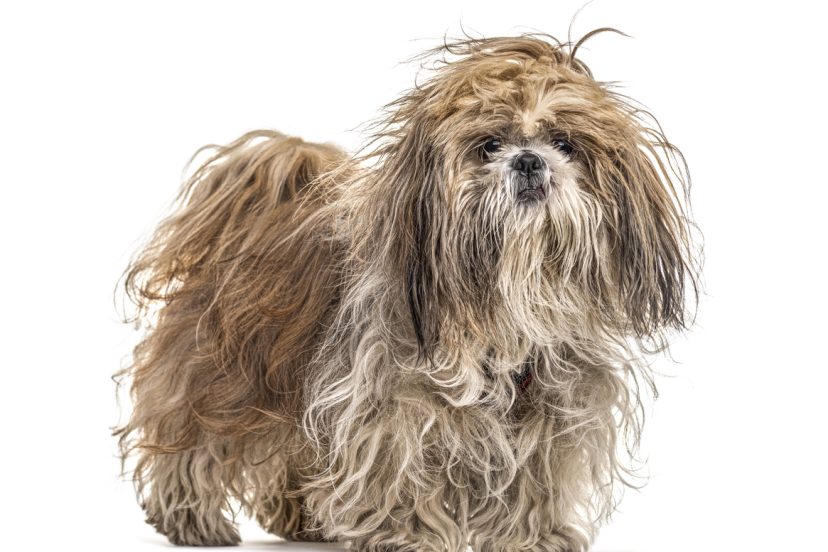
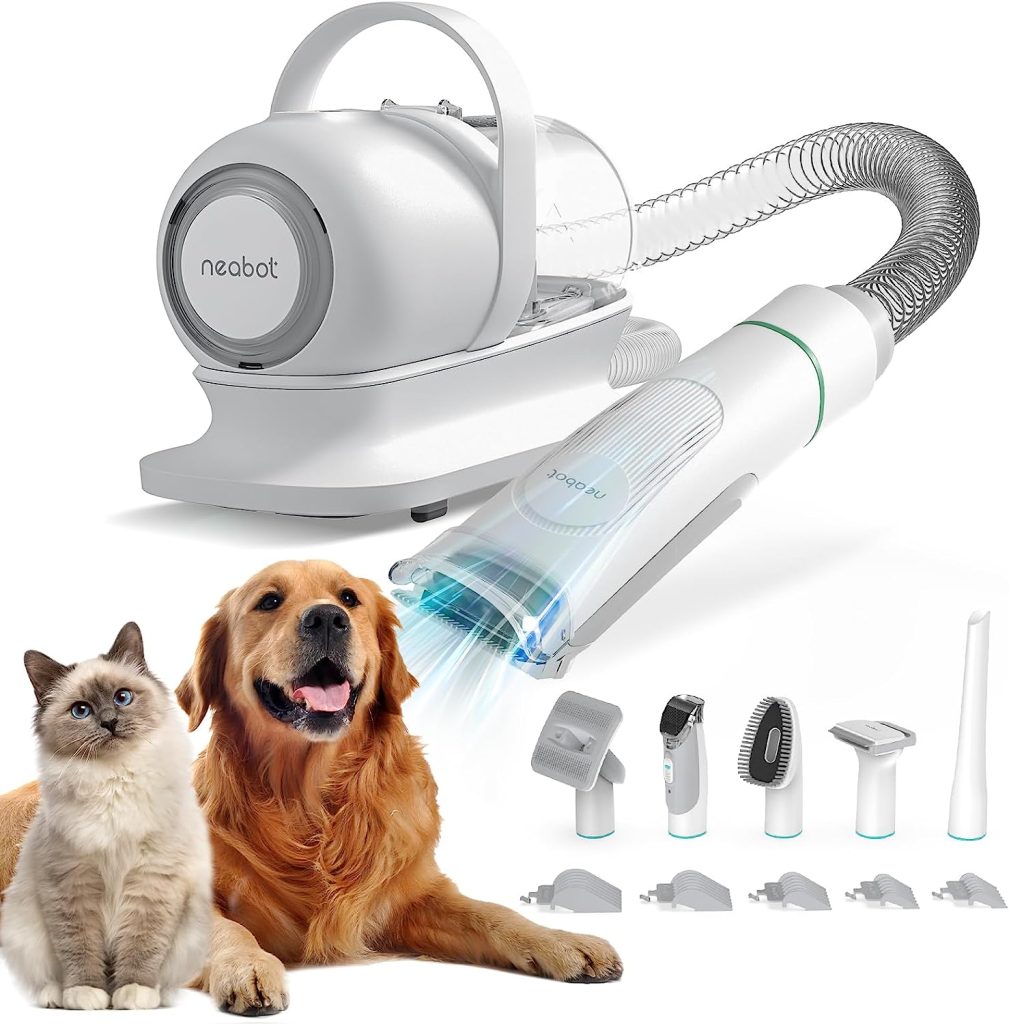

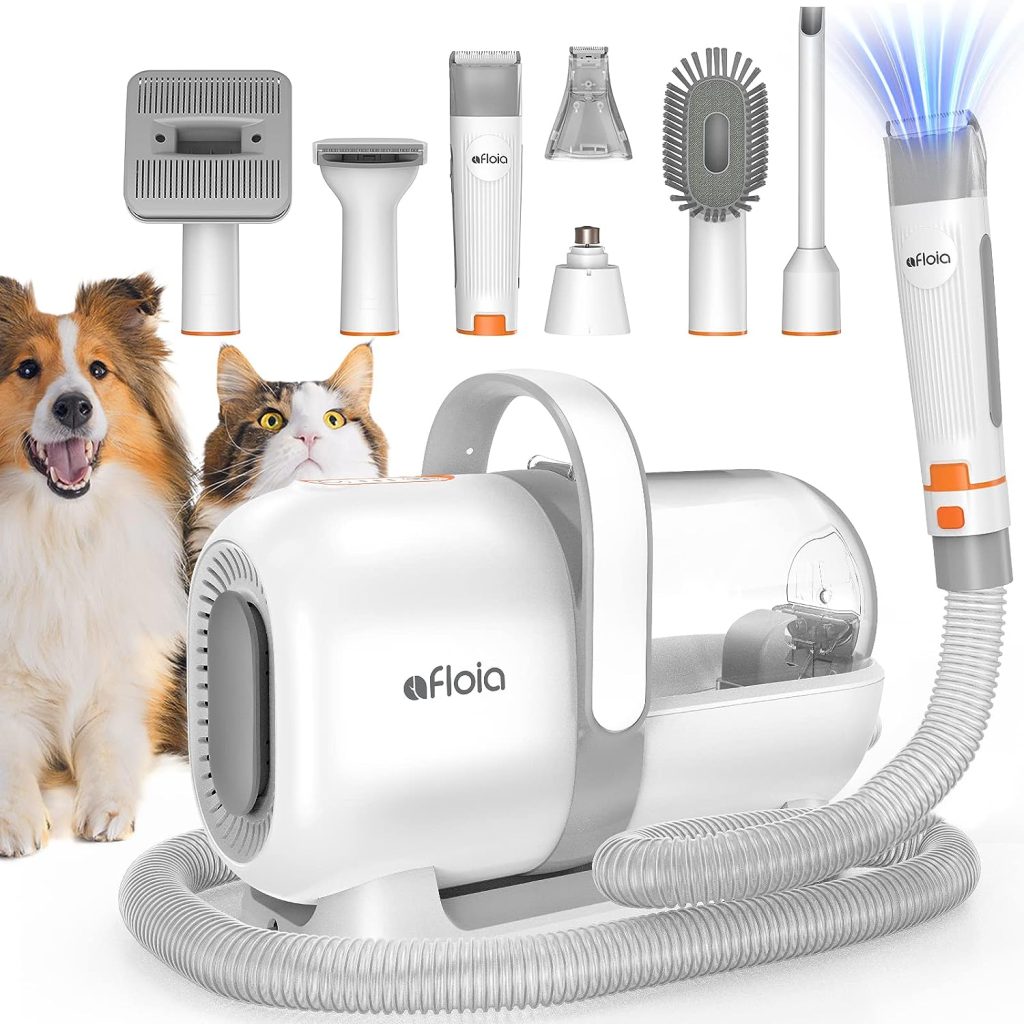

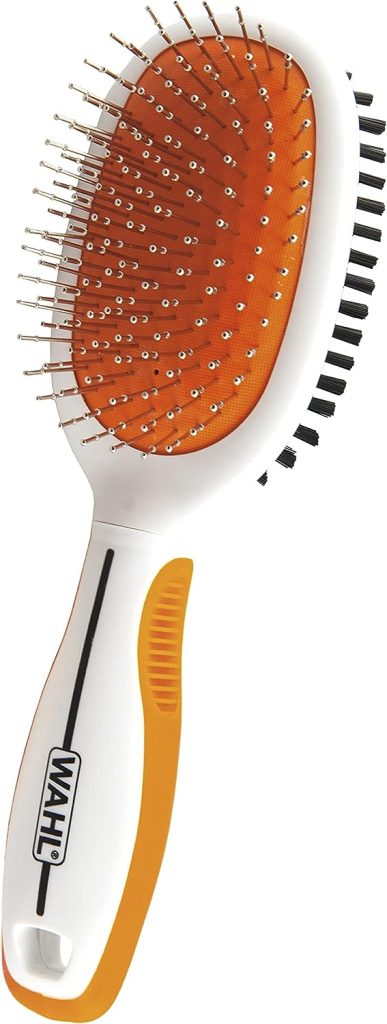
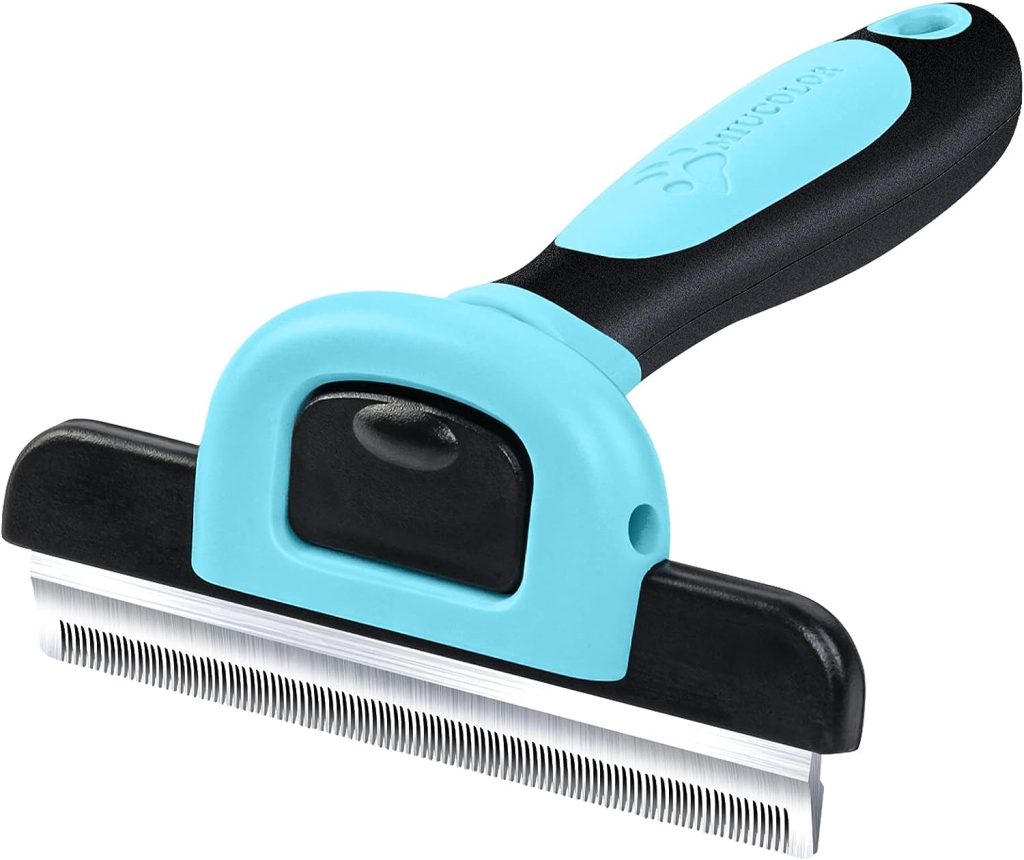
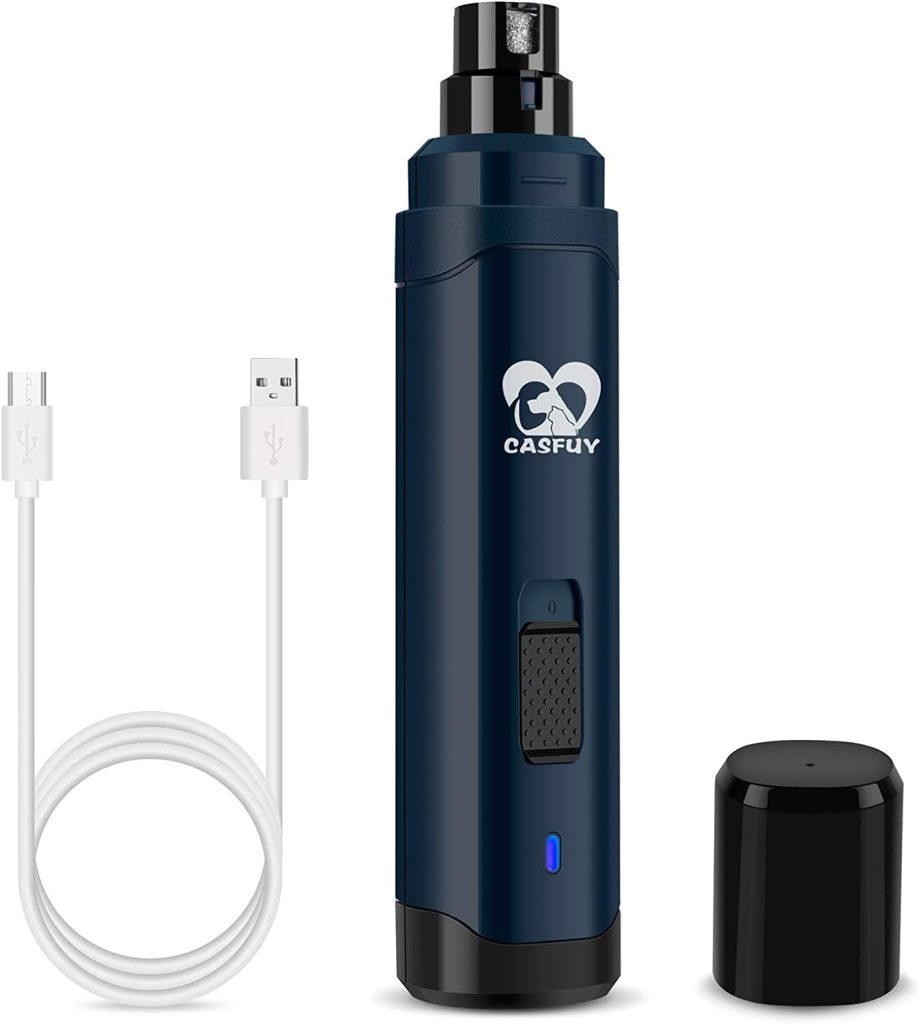

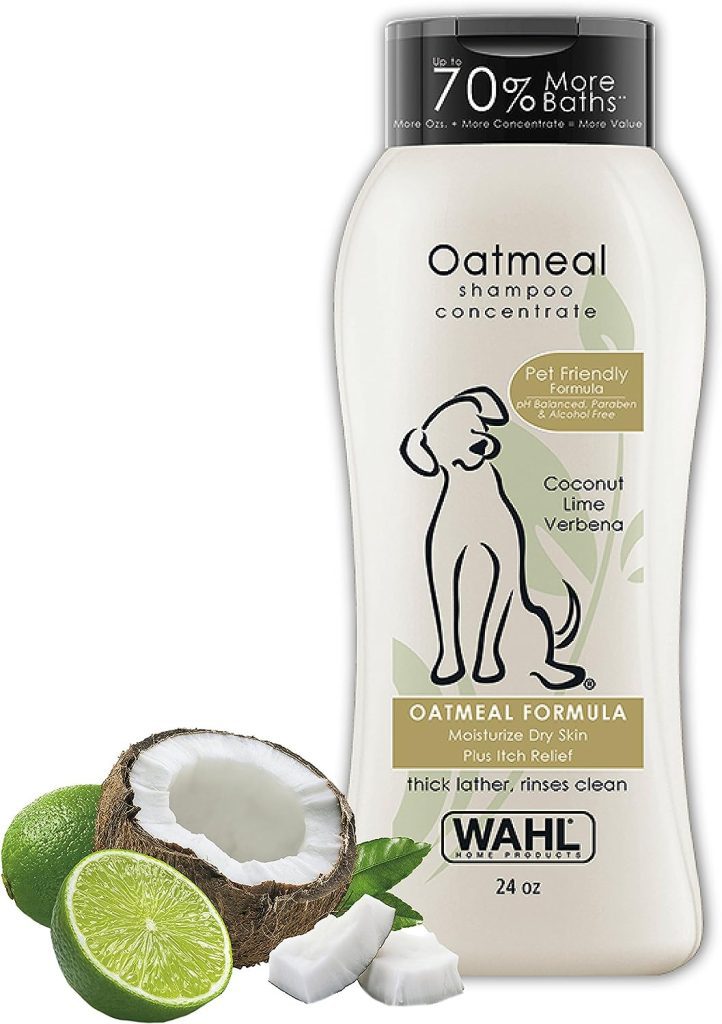

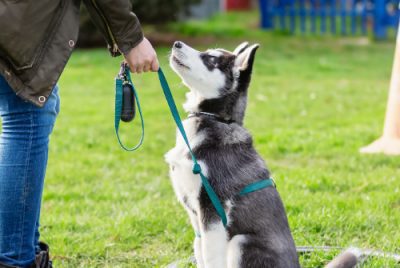

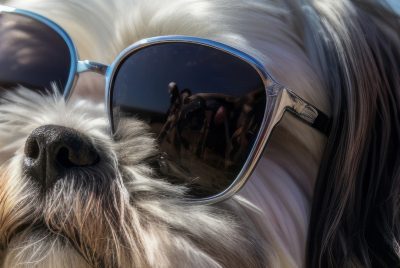
Comments are closed.